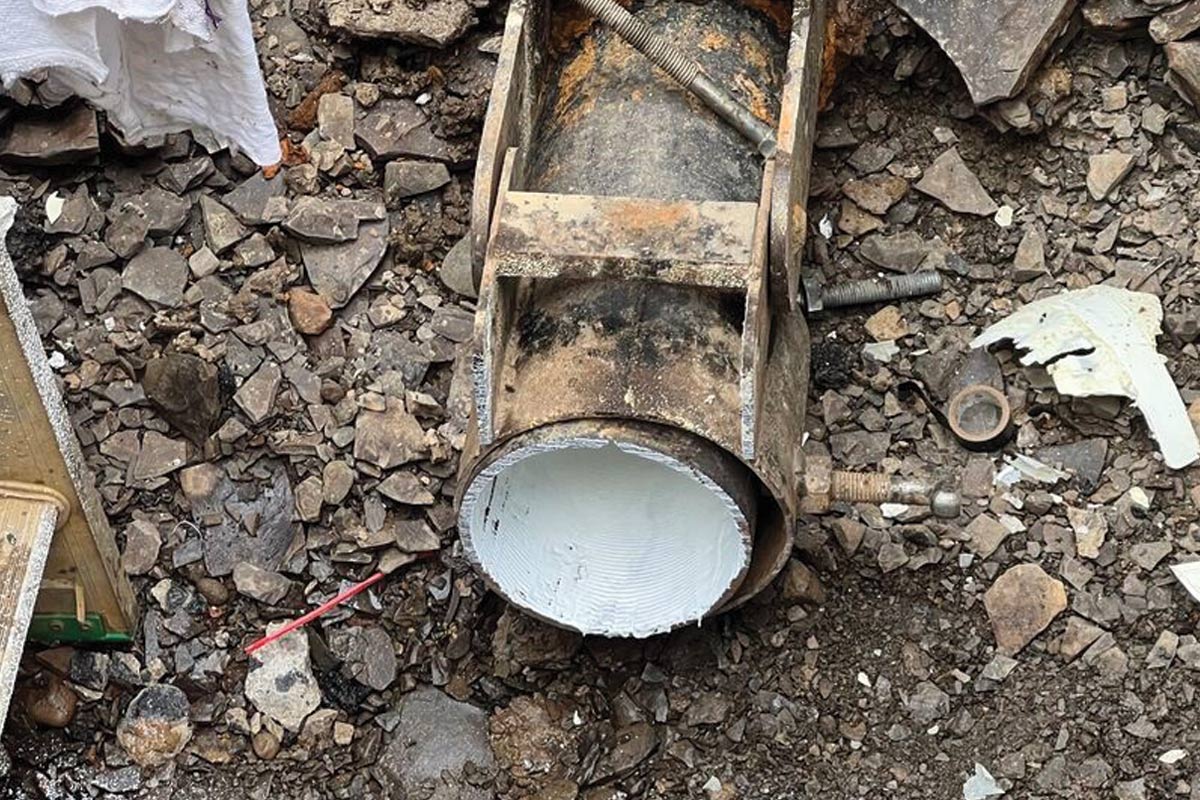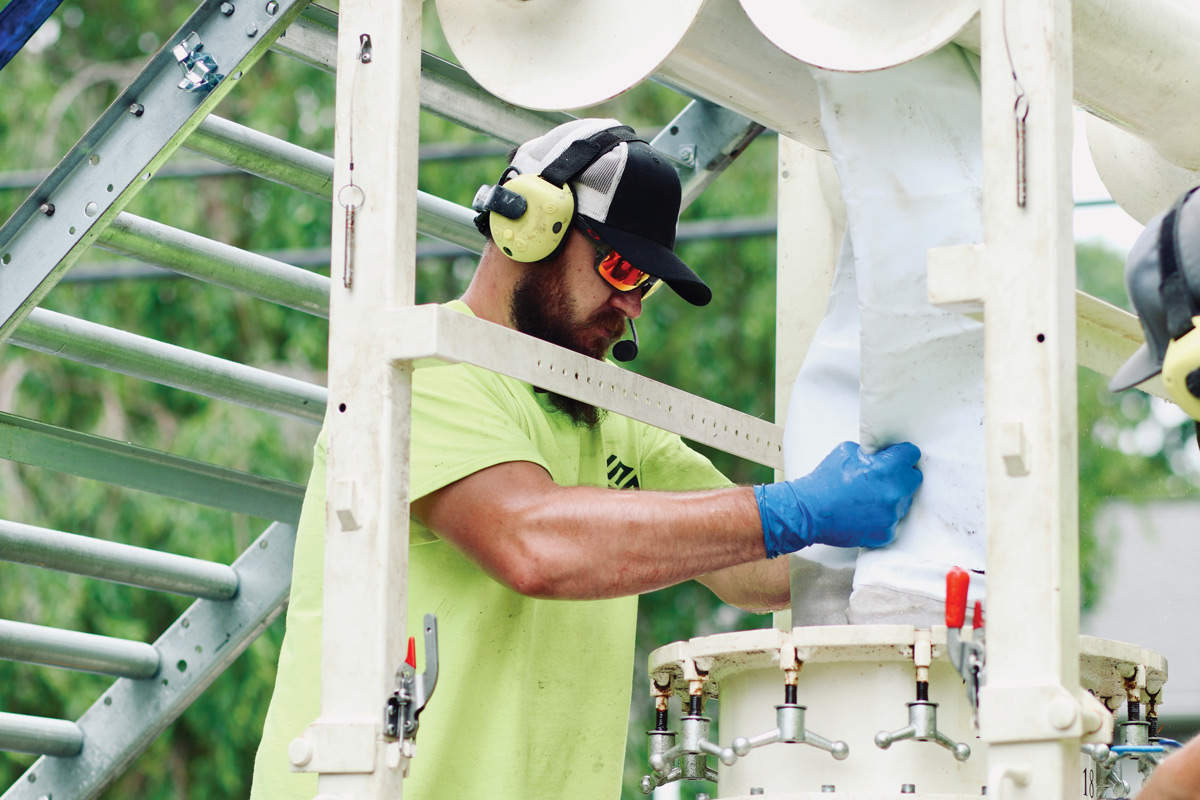
Done in One Pull: Sliplining Preserves Wetland in Powell River
Water infrastructure is of paramount importance to people across the country and municipalities and utilities are taking a strong look at what portions of their underground infrastructure needs to be replaced or renewed.
The City of Powell River, British Columbia, knew the useful life of its main source for water — the Haslam Lake water trunk main — was coming to a close. Though it had not reached a critical state, the leadership looked at options to replace or rehab the 900 mm concrete pipe, which conveys water 1,340 m from Haslam Lake to a UV treatment plant before distributing it to homes and businesses in Powell River.
To help bring the $4.2 million project to fruition, the City received notice in 2016 that it was awarded $3.5 million in federal and provincial money from the Clean Water and Wastewater Fund to replace the Haslam Lake water trunk main. The City, for its part, had to cover 17 per cent of the cost of the project and had $717,400 set aside for the shovel-ready project.
RELATED: Swagelining Delivers Value to New Orleans Water Main Replacement Program
The City put out a tender for the project in early 2017 that looked at three options for the project:
- Remove the 900 mm diameter concrete pipe and replace it with 800 mm diameter HDPE or 750 mm fusible PVC (FPVC) via open cut along the existing alignment;
- Install a new 800 mm HDPE or 750 mm FPVC via open cut construction parallel to the existing line;
- Or use trenchless construction and slipline the 900 mm concrete pipe with 800 mm HDPE or 750 mm FPVC.
Ultimately, the City chose the trenchless route and Murphy Pipeline Contractors Inc. to perform the work using 800 mm HDPE sourced from Performance Pipe.
Installed in 1964, the 1,340 m Haslam Lake water trunk main is Powell River’s only water supply, which brought its own set of construction challenges because the bulk of the work needed to take place in the summer months when peak water demand is greater.
Murphy Pipeline Contractors was able to plan in such a way that the work would take place from August to the October deadline avoiding some of the peak water consumption season. But the contractor did face other challenges along the route.
RELATED: Swagelining Technology Renews Life of Large Diameter Pressure Pipelines
The first challenge was geography. Powell River is known for its natural beauty along the northern Sunshine Coast of British Columbia. Though it is on the mainland, the City is not connected to the provincial highway network. Thus, getting to Powell River requires the use of ferries. Transporting the equipment and the pipe to the site went without a major hiccup.
The trunk main alignment, however, required Murphy Pipeline Contractors to re-engineer the project to be completed in one continuous pull.

Murphy Pipeline Contractors re-engineered the sliplining project so that it could slipline the entire 1,340 m HDPE pipe in one pull and protect a wetland.
When installing the pipeline in 1964, the original constructors excavated a large trench to achieve the desired elevation profile for the pipeline. The trench remained and over time a wetland formed over the 1,000 m long trench. The wetland is now home to a number of amphibian and bird species and serves as a headwater source for the Miller Creek, which flows into Cranberry Lake.
The original plans called for draining the wetland and sliplining in several lengths. With the re-engineered approach, Murphy Pipeline Contractors was able to slipline the entire length without draining the wetland, thus keeping this important environmental resource intact.
RELATED: 2018 Project of the Year Rehabilitation Honorable Mentions
As the major water source for the City, a bypass network had to be created. The contractor set up a bypass where water was fed, via four floating submersible pumps, from Haslam Lake to a holding tank. The water was fed, via gravity, from the holding tank to the UV treatment facility where it was distributed to the City. The tank was necessary as an intermediary step because Murphy Pipeline Contractor could not pump water directly into the UV treatment facility without causing major damage to the UV reactor.
With the project complete, Powell River now has a new watermain with a life expectancy of more than 100 years.
Mike Kezdi is associate editor of Trenchless Technology Canada.




